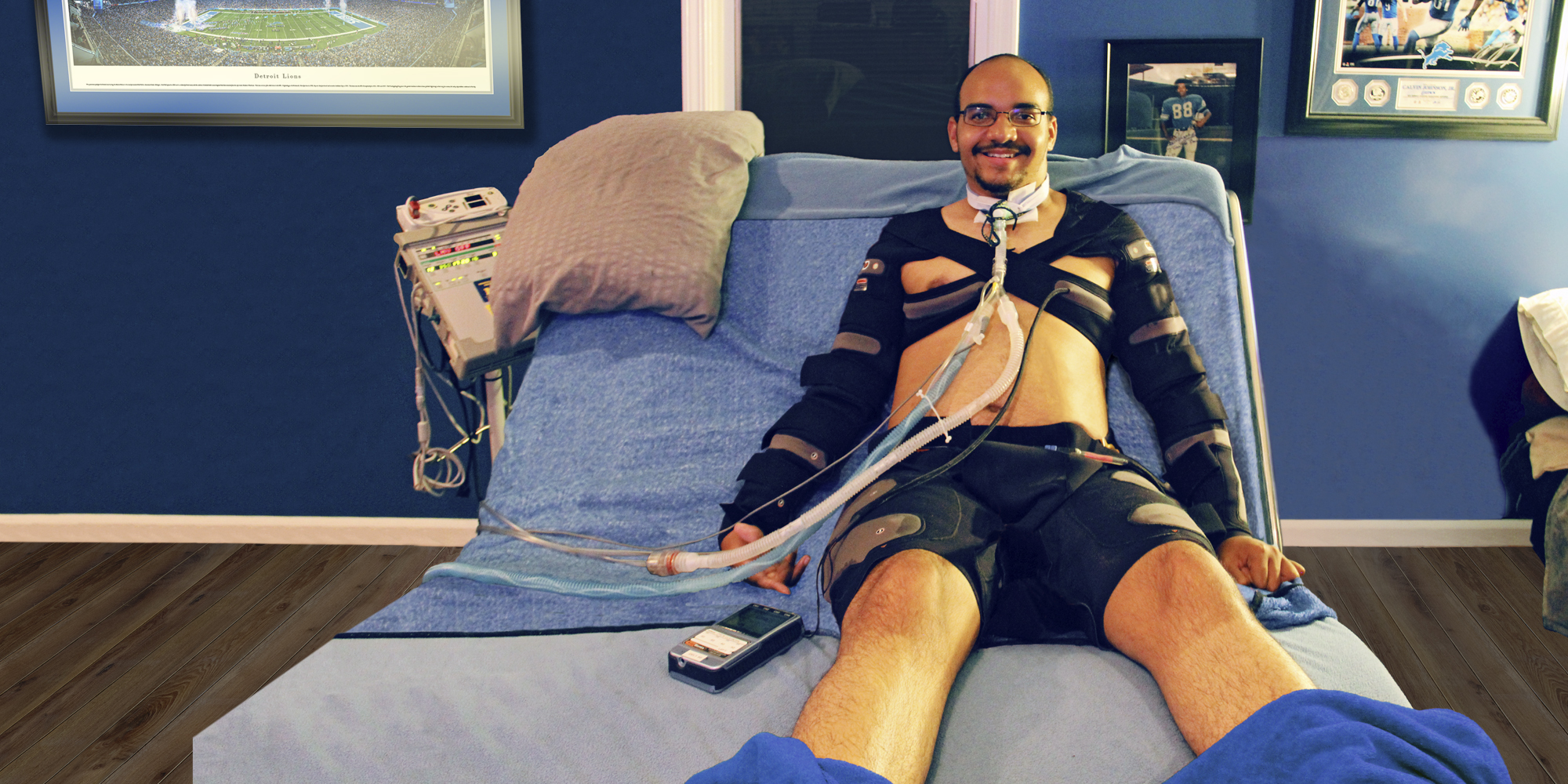Wearable Therapy™ treatment
Wearable Therapy™ treats the effects of neurological conditions such as disuse muscle atrophy and muscle spasms in patients with spinal cord injury.
Wearable Therapy™ uses NMES electrical stimulation to repeatedly contract and relax muscles, which maintains muscle strength. By managing the contractions of the muscles, NMES can also calm erratic muscle spasms and restore a more natural state of relaxation.
In addition, the increased muscle activity causes blood to flow into the contracting muscle and surrounding area, increasing local blood circulation.
It is important to begin using Wearable Therapy™ as soon as possible after spinal cord injury in order to help prevent the loss of muscle mass.
Wearable Therapy™ is the most comprehensive system available for treating the effects of spinal cord injury. A Wearable Therapy®system can be designed for patients with paraplegia or complete quadriplegia.
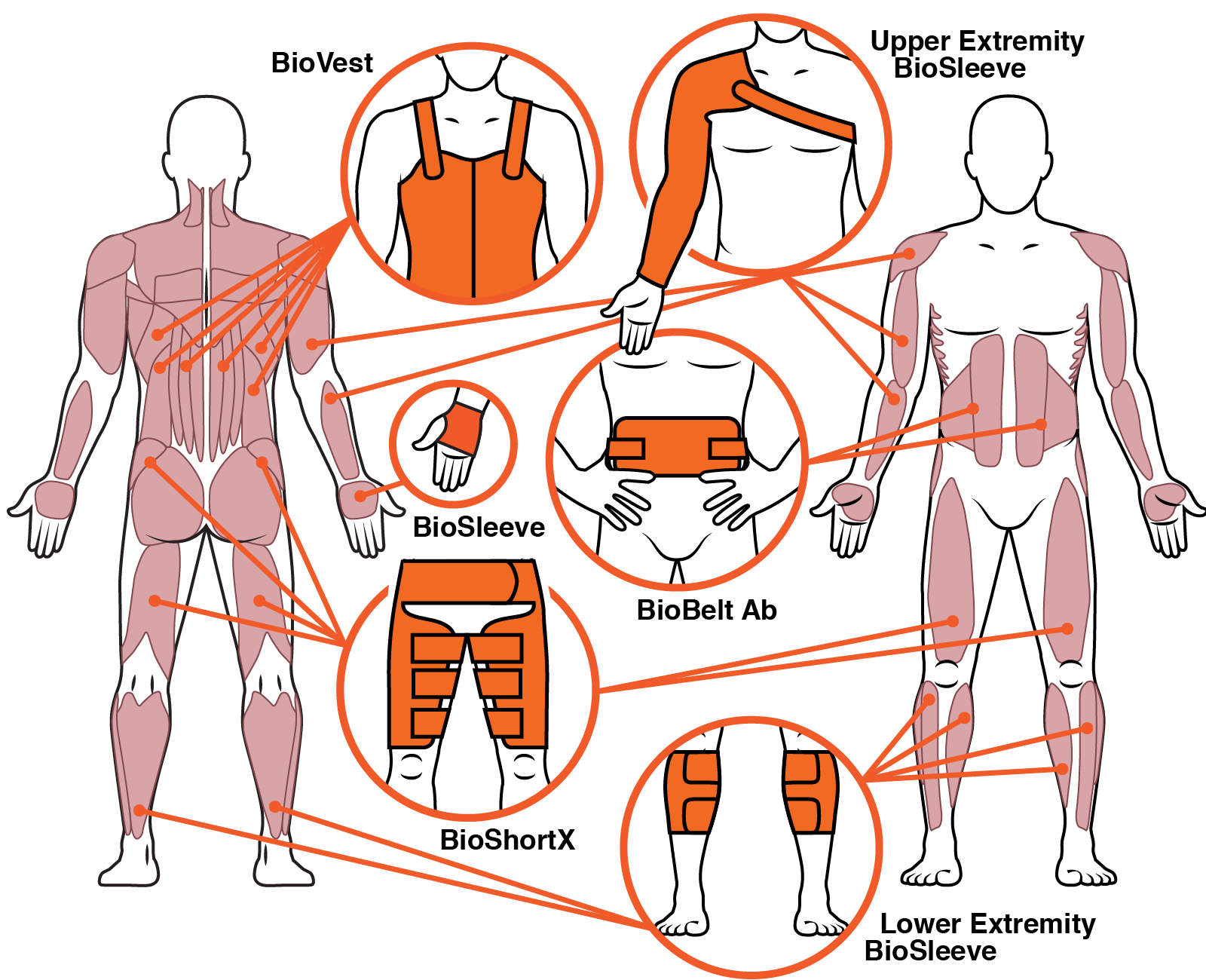
Arms
Left Arm BioSleeve
deltoid
biceps
triceps
finger flexors
finger extensors
Right Arm BioSleeve
deltoid
biceps
triceps
finger flexors
finger extensors
Spine
BioVest
paraspinal muscles
quadratus lumborum
latissimus dorsi
BioBelt
abdominals
Hands
Left Hand BioSleeve
hand intrinsics
Right Hand BioSleeve
hand intrinsics
Legs
BioShorts
quadriceps
hamstrings
gluteals
Left Leg BioSleeve
dorsiflexors
plantarflexors
Right Leg BioSleeve
dorsiflexors
plantarflexors
Revolutionize
Benefits
Making Muscle Therapy Easier
Many of our patients have shared their stories with us. Stories detailing their struggle to balance the muscle therapy and pain management their bodies require with the time they need to pursue their interests and live life.
One father described his experience using an FES bike to stimulate his daughter's muscles. He told us the process of placing individual electrodes was arduous and it took one hour for electrode set up and another hour for take down. His daughter only received stimulation for 15 minutes each time they did it, which was only twice a week due to the complexity of the system. He was looking for a more effective way to keep her body in good shape and not disrupt her daily activities, including schooling.
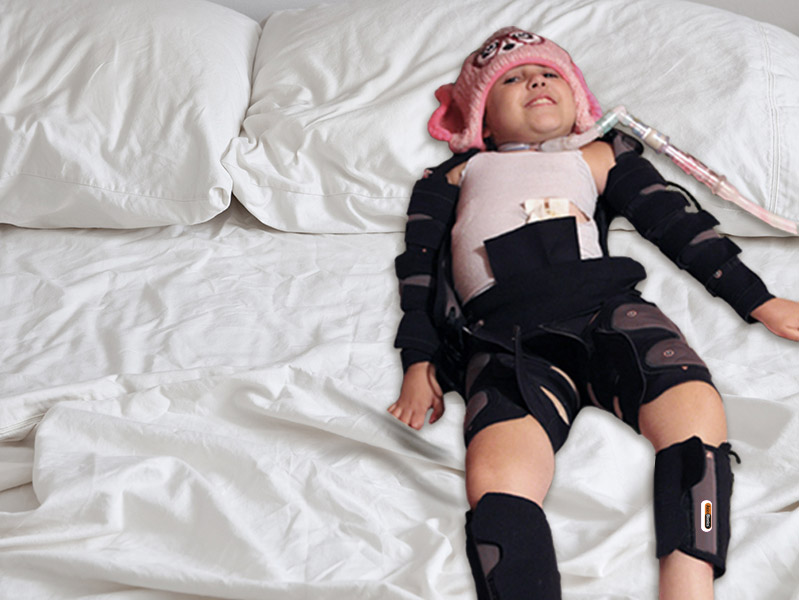
complex medical disabilities
We've heard countless stories of travel to and from the therapy facility taking two, three, even four times as long as the time they spend there.
Over and over, families share their concerns of being able to continue to afford the therapy they know they need.
Others are searching for a way to do muscle therapy at home...or away. They're looking for a portable solution they can take with them when they travel.
If tales of limited muscle therapy time, increasing costs, and complicated and inflexible procedures sound familiar to you, Wearable Therapy™ may be the solution you've been looking for.
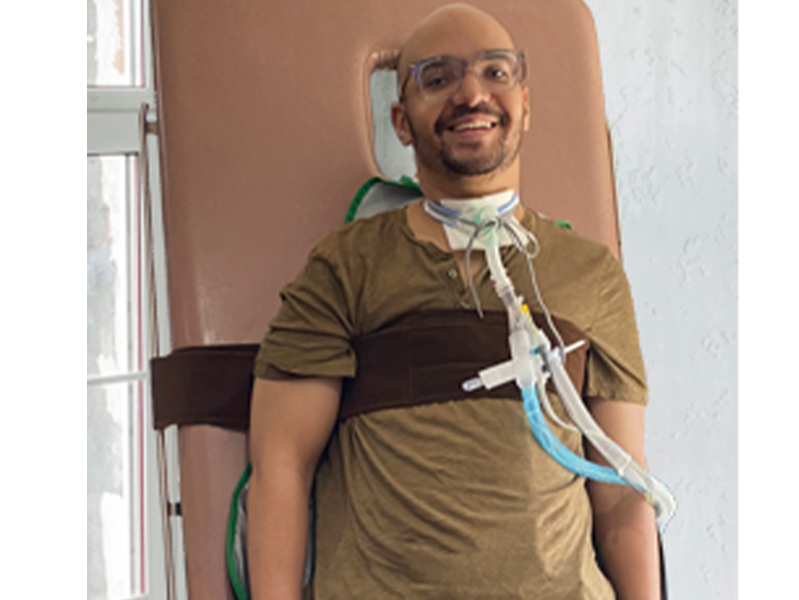
Manage Pain Too
Many spinal cord injury patients also experience pain. In addition to providing muscle therapy, Wearable Therapy™ can help manage pain as well. It prompts the nervous system to suppress the transmission and perception of pain.
Wearable Therapy™ can be tailored to wherever your pain is, including lumbar, thoracic and cervical spine, hip, groin, shoulder, and upper and lower extremities.

Patients Stories
Drew's Story
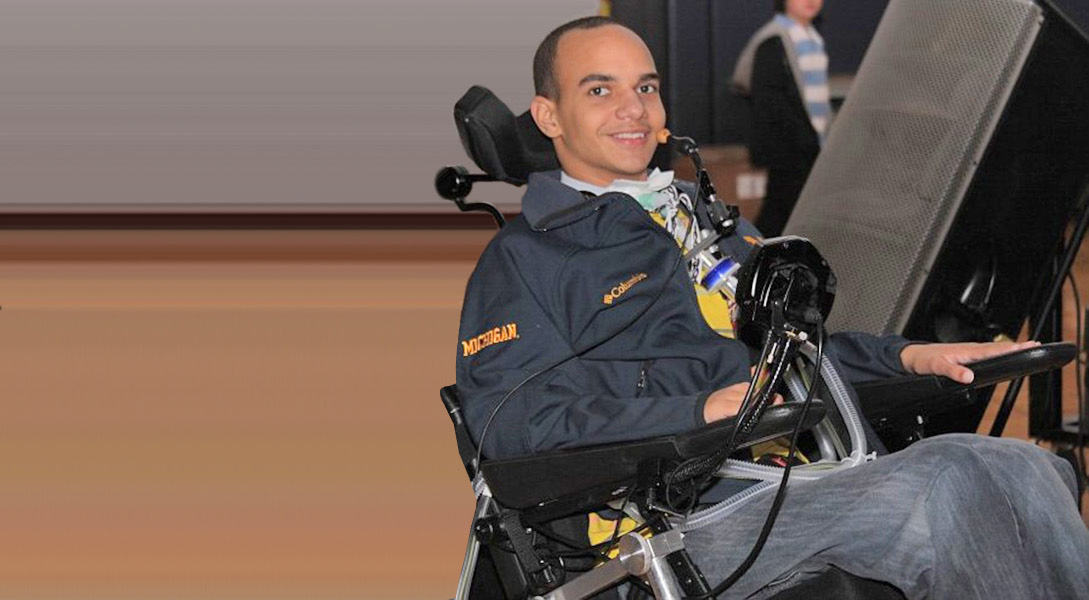
Drew was practicing a backflip in 2010 for the school musical at Walled Lake Central High in Michigan when the unthinkable occurred. Drew Clayborn, a 15-year-old sophomore, suffered a spinal cord injury that left him paralyzed.
Despite his injury, Drew continued to participate in marching band, finished high school, and went on to attend the University of Michigan.
Even while busy attending classes, he is still able to fit in daily workouts because Wearable Therapy® is conveniently done in his bed or wheelchair.
Jesi's Story

After her SCI, Jesi began using Wearable Therapy™ for the lower extremities. Because her legs are paralyzed, she does not have the ability to exercise them as she did before her accident so she relies on the Wearable Therapy™ suit to do this for her to keep her in the best possible health.
The Wearable Therapy™ suit helps her manage atrophy, spasms, and circulation by artificially stimulating her leg muscles. Amazingly, she accomplishes this at night when she sleeps. Her muscles get a full 8 hours of muscle therapy time before she wakes in the morning. This frees up her time to do the things she needs to do during the day, including competing in various extreme sports.

